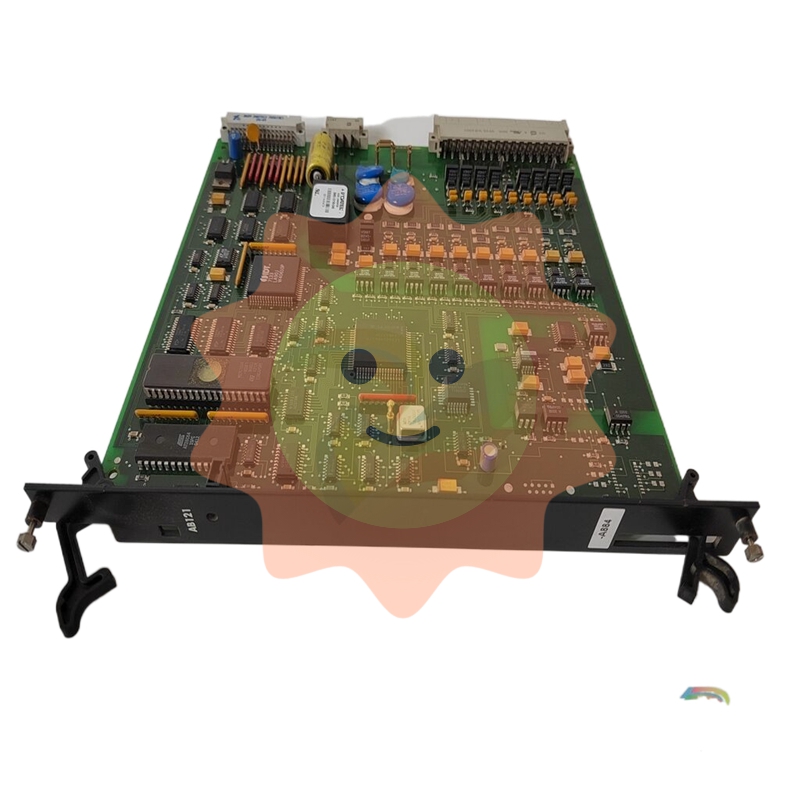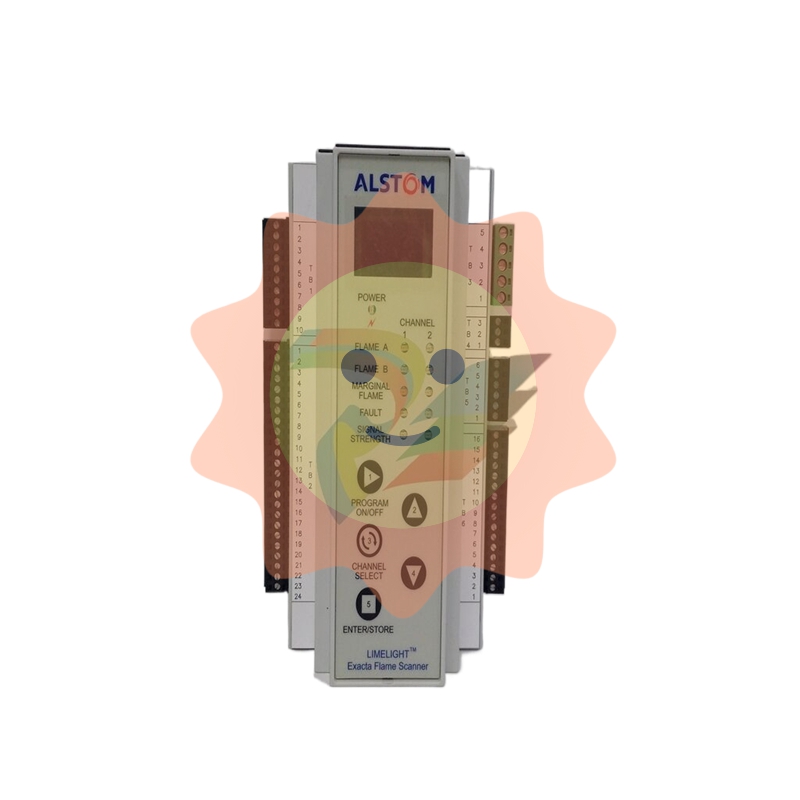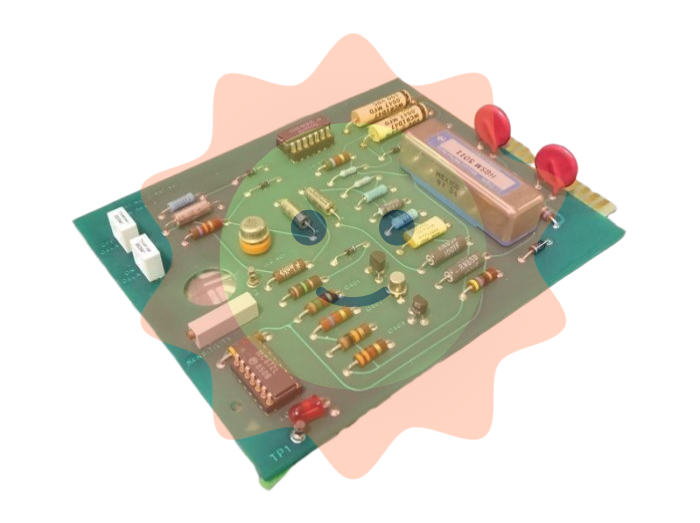Futures What are the types of chemical futures
Chemical futures Many people do not understand, chemical futures is also a more common commodity futures in recent years, then what are the types of chemical futures? Hundred safety net to give you a detailed explanation.
Chemical futures include these varieties: plastics, PTA, PP, PVC, methanol, asphalt, (natural) rubber. Plastic, asphalt, rubber and even methanol are OK, at least most people will be exposed to it in life, but the remaining several varieties, many people do not understand the information.
Synthetic resin plate - PP, PVC, plastic.
PP, PVC, plastics are very close, they are both synthetic resins. What is synthetic resin?
Synthetic resin is one of the three major synthetic materials in the world, the other two are synthetic rubber and synthetic fiber, of which synthetic resin is the highest production and consumption of synthetic materials. In popular understanding, synthetic resin is a material that can be melted or softened at a certain temperature, and can be qualitatively cured, with different compositions and synthesis of various properties. A variety of plastic products is a typical representative.
Synthetic resins include five general resins: polyethylene PE, polyvinyl chloride PVC, polypropylene PP, polystyrene PS, ABS resin. Among them, PE is mainly divided into linear low density polyethylene (LLDPE), low density polyethylene (LDPE), high density polyethylene (HDPE) three categories. The plastic traded by Daishang actually refers to linear low density polyethylene (LLDPE).

The production process of PP, PVC and plastics is as follows:
1, the production path of plastic (LLDPE) : "crude oil - naphtha - ethylene -LLDPE".
2, PP(polypropylene) production path: "crude oil - naphtha - propylene - polypropylene".
3, PVC(polyvinyl chloride) production path: "crude oil - naphtha - ethylene - polypropylene".
The methods for identifying financial traps in chemical futures are as follows:
1, many have not played how can you call arbitrage
Compared with other sectors, chemical arbitrage opportunities and space are relatively difficult to grasp. After all, what really has Chinese characteristics may be said to be black and chemicals. So far, black has put all varieties on, and black itself has established a better internal relationship, because it is relatively close to the logical relationship. And chemicals are more troublesome, so far, the listed varieties at the beginning of the listing are saying, these chemicals are not with crude oil opportunities? We have no domestic crude oil. In fact, even if there is crude oil, we also find that these chemicals are in a relatively low position in the industrial chain, and the distance from crude oil is relatively long, which largely limits our normal arbitrage in the industry. At the same time, the logical relationship between these varieties themselves does not have a clear crushing relationship like beans, so horizontal arbitrage is also problematic.

2, the basic principles of arbitrage do not understand how can be called arbitrage
Back to the front of us to talk about domestic varieties, the other main difficulty we face to do domestic chemical arbitrage is where? Not enough tools. We see a lot of varieties of agricultural products, in fact, a lot of color, black is also a lot, chemicals are relatively less, which is also mixed with some varieties without mobility, may have just recently the mobility of PVC up again, the variety itself is relatively small. Then there is the problem of Chinese characteristics, not continuous contracts, only the main contract has enough open positions, and the forward contract has no open positions at all, but this is only a relatively small problem, because it can still play. More of a problem lies in the lack of relationships that are specifically designed to correct some price comparisons, or monthly spreads. In fact, if the variety is complete and the tools are complete, we should first choose this way, we should first choose options of the same variety and the same contract, if there are options, it will solve the volatility problem. If the choice of a tool is not enough, we can consider whether to choose in the monthly difference, then we choose varieties with high correlation, then we choose varieties with high statistical correlation, and then we choose varieties with poor correlation, and make cross-varieties, which is not arbitrage, more is to hedge development, but it is obvious that we lack such tools.

3. Arbitrage introduces new problems
Can you set PP, PTA? This is a very old arbitrage and I can tell you about it, because it was proposed in 2011. The main core idea of this arbitrage is to hedge a part of the crude oil risk, because at that time only these two varieties, PVC has been decoupled from crude oil. So what is it essentially? It's not an arbitrage, it's a strong and weak hedging relationship, based on two separate balance sheets, which is problematic. Even if we look at the upstream of PTA, the naphtha used by PX is not an olefin material, many of us, including futures companies, will push some reports, which will talk about the price of naphtha, but the actual problem is what is the naphtha used to make olefin? It is a basic chemical raw material, may also use some LPG and the like, it is to do olefin raw materials, this raw material is not to do aromatics. The naphtha used to make aromatics is to make a deep discount, and this deep discount relationship alone can pit many people to death. But today this variety of hedging, there is a certain sense, I said hedging is not arbitrage, because after five or six years of development of PTA processing profits are very thin. When a variety it has become very thin, then its correlation with the upstream raw materials will be greatly improved, if we do not look at the high inventory of PTA, then its price will be what? In other words, I want to maintain a processing profit, since I want to maintain delivery, I can't shut down the factory, since I want to move the warehouse from September to January, I can't say that there is a problem between the device 9 and 1, so I have to give it processing profit in January, so it will become very effective for processing profit. And at the top end we see the middle raw materials on the top end of the international market, under normal circumstances how to price? Everyone is very simple, there are not many participants, and everyone knows each other, I give a reasonable profit to each other, this will fluctuate, there will be some event factors to cause it to fluctuate, but relatively more stable. In this case, the correlation between PTA and crude oil is greatly improved, and this arbitrage may be established in the perspective of PTA, but it is not guaranteed that PE is not a problem.

4. Don't lose the trend to arbitrage
The last thing we want to talk about today is definitely everyone's most concerned, everyone wants me to explain why PTA this wave is, very simple, we have to go back to the original arbitrage, that is, the term set. When we look at a variety, if we only calculate the spread of arbitrage, such as the cost of transportation, the cost of quality inspection, the cost of storage, and the cost of capital, then there will definitely be problems. Why will there be problems? Because we have not actually tested the market support, we have not considered how the position will be flat. What are we hoping for? We finally hope that the bulls will take these goods, it is better to discount the end, right? Better than this is that the long simply can not pick up I directly hit you, this time just like I said before the road to get rich quickly came again, I on the number plus a little short open, do a two-to-one, three-to-one, or I a ton of goods don't call, anyway, someone will call, that year methanol is so dead, chaos.
Chemical futures started late in China, and the products include polyethylene, polyvinyl chloride and polypropylene contracts.
The general situation analysis of the development of domestic chemical futures is as follows:
China's chemical futures market has developed rapidly in recent years, and the unilateral total turnover has remained above 200 million lots per year, which is in sharp contrast to the depressed situation of foreign chemical futures. From the perspective of China's petrochemical industry scale, industrial development stage and the cultivation of futures market, this paper compares the foreign situation, analyzes the reasons for the active chemical futures market, and puts forward suggestions for the future development.
Domestic chemical futures development overview
China's chemical futures market has been running successfully for six and a half years. From the perspective of variety system construction, PTA, LLDPE, PVC and methanol four chemical varieties have been listed successively, covering the fields of petrochemical and coal chemical industry. From the perspective of market liquidity, the trading volume of chemical futures has remained stable after rapid growth, and the annual trading volume (unilateral) has been higher than 200 million lots in recent years. In the same period, the variety system of foreign chemical futures market is relatively simple, and the trading volume is extremely low, which is relatively depressed.

Factors affecting the activity of chemical futures
The reason why China's chemical futures market is active, the huge scale of the petrochemical industry has laid the foundation for its elements, the characteristics of the industrial development stage determines that customers have a strong demand for it, and the favorable conditions such as policies and competitive atmosphere provide a strong guarantee for its cultivation.
Industrial scale lays the foundation of factors
China's petrochemical industry has a huge scale and rapid development, which has laid a solid foundation of material resources and elements for the active chemical futures market.
In recent years, the output value and profit of China's petrochemical industry have increased significantly, and occupy an important position in the national economy. In 2012, the total output value of domestic petrochemical industry reached 12.24 trillion yuan, the actual investment in fixed assets was 1.76 trillion yuan, the sales revenue was 12.03 trillion yuan, and the total import and export volume of the industry was 637.594 billion US dollars.
In terms of production and sales volume, China's crude oil and natural gas production in 2012 was about 304 million tons (oil equivalent), an increase of 3.4%; The total output of major chemicals was about 460 million tons, an increase of 8.1%. Apparent oil and gas consumption of 622 million tons (oil equivalent), up 6.5% year-on-year; The total apparent consumption of major chemicals was about 434 million tons, an increase of about 7%.
Among the listed chemical futures varieties, PTA, PVC and methanol have obvious comparative advantages in material resources. The capacity of PTA and PVC in China is much higher than that of Europe, the United States and India, and the capacity of methanol is close to half of the world's total capacity. At the same time, as a net importer of the above three chemical varieties, China's scale advantage in its consumption is more obvious. In terms of polyethylene, although China's output advantage is not obvious, the consumption has exceeded the United States since 2008, and the gap gradually widened. Therefore, the four listed chemical futures in China have obvious comparative advantages in material resources.

Industry decentralization provides the premise of marketization
Compared with developed countries in Europe and the United States, China's petrochemical industry has not yet completed the integration at this stage, showing the characteristics of a large number of enterprises, dispersed production and consumption, and developed spot trade, which has brought huge demand for futures hedging. In 2012, there were 27,208 domestic petrochemical enterprises above designated size in the whole industry (main income of more than 20 million yuan). A large number of enterprises are distributed in various chemical sub-industries, resulting in a highly decentralized petrochemical industry. In PTA production enterprises, private enterprises occupy nearly 70% of the market share. In recent years, the polyethylene industry, which used to be more concentrated, has become more dispersed with the production of coal to olefin and methanol to olefin. Downstream of both, the polyester synthesis and plastics processing industries are more fragmented. The highly decentralized petrochemical industry is conducive to the market-oriented formation of chemical prices, while increasing price volatility, reducing the possibility of price manipulation, and conducive to the development of chemical futures market.
In developed countries that have completed the integration of the petrochemical industry, there are only hundreds of large-scale chemical enterprises, and the fine molecule industry is often monopolized by several large enterprises. Under this industrial pattern, major enterprises have a greater impact on the formation of chemical prices, have a higher ability to control price risks, and have less demand for futures markets.
Trade patterns generate demand for safe havens

In addition to the large number of chemical enterprises, China's chemical products spot trade is also very developed. Taking polyethylene as an example, there are a large number of small-scale plastic processing enterprises in the market. As a producer of polyethylene, it is difficult for large petrochemical enterprises to conduct direct trade with them. This upstream and downstream asymmetrical production and consumption pattern has brought living space for many intermediate traders: in Zhejiang and Shanghai, the East China trade distribution center of polyethylene, there are about two thousand traders in each; In Zibo, Shandong province, where the petrochemical plant is located, there are about 400 to 500 traders. A batch of polyethylene resin, from the factory or customs to enter the downstream processing enterprise, may change hands three to four times. As one of the main forces participating in the LLDPE futures market, the trader community has strongly promoted the development of the market. In contrast, European and American countries have more integrated polyethylene products, direct sales models, fewer traders, lack of hedging demand for spot enterprises, and lack of participants in the futures market.
Competition and policy help nurture the market
The success of China's chemical futures market is inseparable from the coordination of competition effect and policy effect. China's financial and futures industry policies have set strict thresholds, limited the outflow of capital, and effectively contained the competitive pressure from mature markets in Europe and the United States, and won valuable nurturing time for the domestic futures market. A strict and prudent listing approval and supervision system has been established internally. Under the guidance of a series of policies, commodity futures exchanges have formed a standardized and orderly healthy competition mechanism. Each exchange is extremely cautious in the selection of varieties and contract design, and has carried out a lot of market research. Therefore, the listed chemical futures varieties are often able to meet the needs of the spot industry and win the favor of the market.

Development prospect of China's chemical products market
Examining the development status of the domestic chemical industry, it can be inferred that in a considerable period of time, China's chemical futures market can continue to maintain a prosperous situation.
Factor advantage will be more consolidated
In the future, China's petrochemical industry still has great potential for development. According to the forecast of China Economic Information Network, by 2015, the total industrial output value and industrial sales value of the petrochemical industry will both reach about 19 trillion yuan. According to the petrochemical Federation "Petroleum and chemical industry" 12th Five-Year development Guide "forecast, to 2015, China's crude oil, ethylene, synthetic resin consumption will reach an average annual growth rate of 5.5%, 11% and 7%. Therefore, the industrial scale foundation of China's chemical futures market will be more consolidated.
The demand advantage will remain
The market-oriented reform of China's petrochemical industry is under way, such as the market-oriented pricing mechanism of coal, fertilizer, refined oil and other products is gradually developed and improved, which will increase the future demand for risk management in the futures market. At the same time, in recent years, the trend of raw material diversification represented by the new coal chemical industry will have a great impact on the ethylene industry with a relatively high monopoly degree, thus further increasing its dispersion and making the risk hedging demand of related enterprises more intense.
- EMERSON
- Honeywell
- CTI
- Rolls-Royce
- General Electric
- Woodward
- Yaskawa
- xYCOM
- Motorola
- Siemens
- Rockwell
- ABB
- B&R
- HIMA
- Construction site
- electricity
- Automobile market
- PLC
- DCS
- Motor drivers
- VSD
- Implications
- cement
- CO2
- CEM
- methane
- Artificial intelligence
- Titanic
- Solar energy
- Hydrogen fuel cell
- Hydrogen and fuel cells
- Hydrogen and oxygen fuel cells
- tyre
- Chemical fiber
- dynamo
- corpuscle
- Pulp and paper
- printing
- fossil
- FANUC
- Food and beverage
- Life science
- Sewage treatment
- Personal care
- electricity
- boats
- infrastructure
- Automobile industry
- metallurgy
- Nuclear power generation
- Geothermal power generation
- Water and wastewater
- Infrastructure construction
- Mine hazard
- steel
- papermaking
- Natural gas industry
- Infrastructure construction
- Power and energy
- Rubber and plastic
- Renewable energy
- pharmacy
- mining
- Plastic industry
- Schneider
- Kongsberg
- NI
- Wind energy
- International petroleum
- International new energy network
- gas
- WATLOW
- ProSoft
- SEW
- wind
- ADVANCED
- Reliance
- YOKOGAWA
- TRICONEX
- FOXBORO
- METSO
- MAN
- Advantest
- ADVANCED
- ALSTOM
- Control Wave
- AB
- AMAT
- STUDER
- KONGSBERG
- MOTOROLA
- DANAHER MOTION
- Bentley
- Galil
- EATON
- MOLEX
- Triconex
- DEIF
- B&W
- ZYGO
- Aerotech


email:1583694102@qq.com
wang@kongjiangauto.com


















































